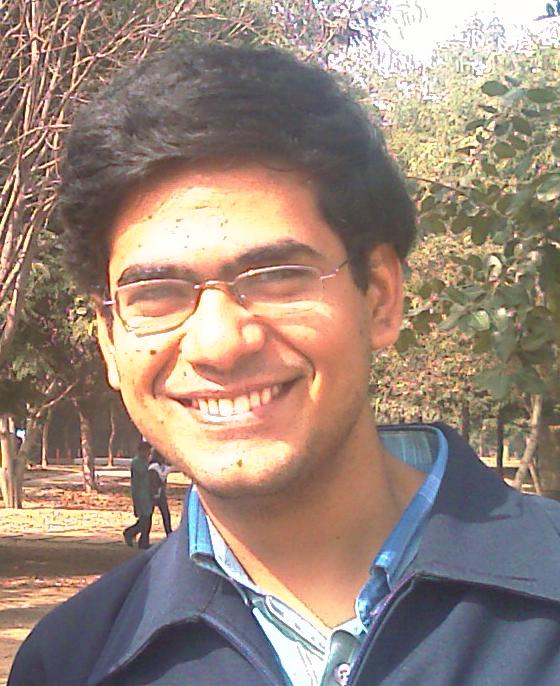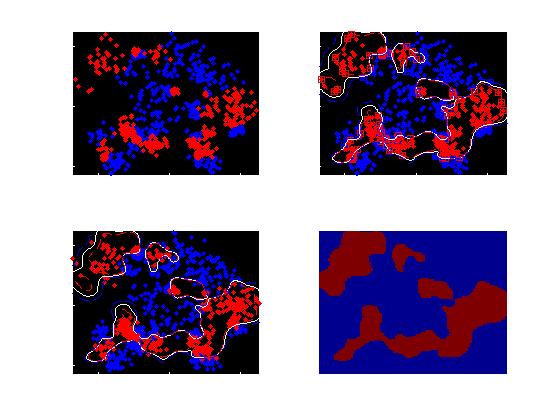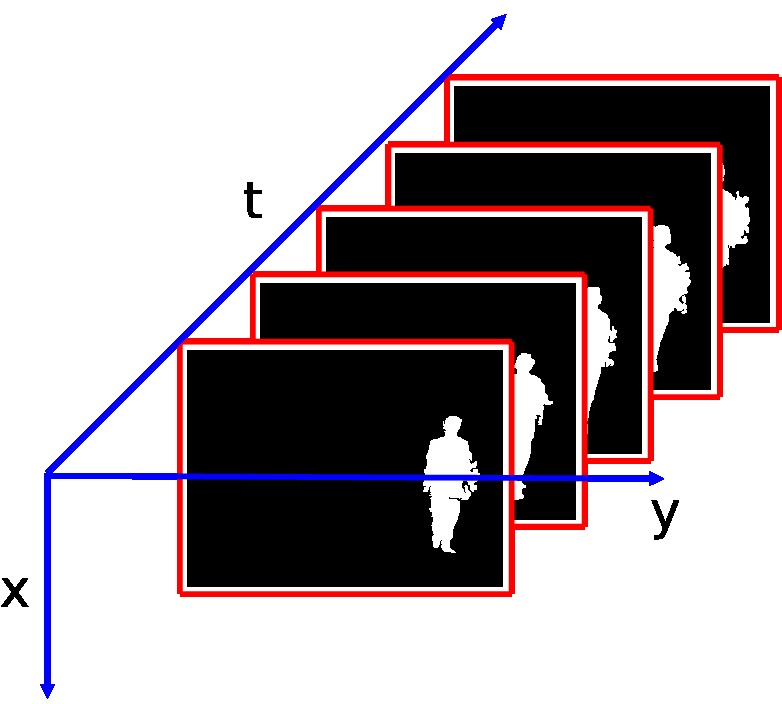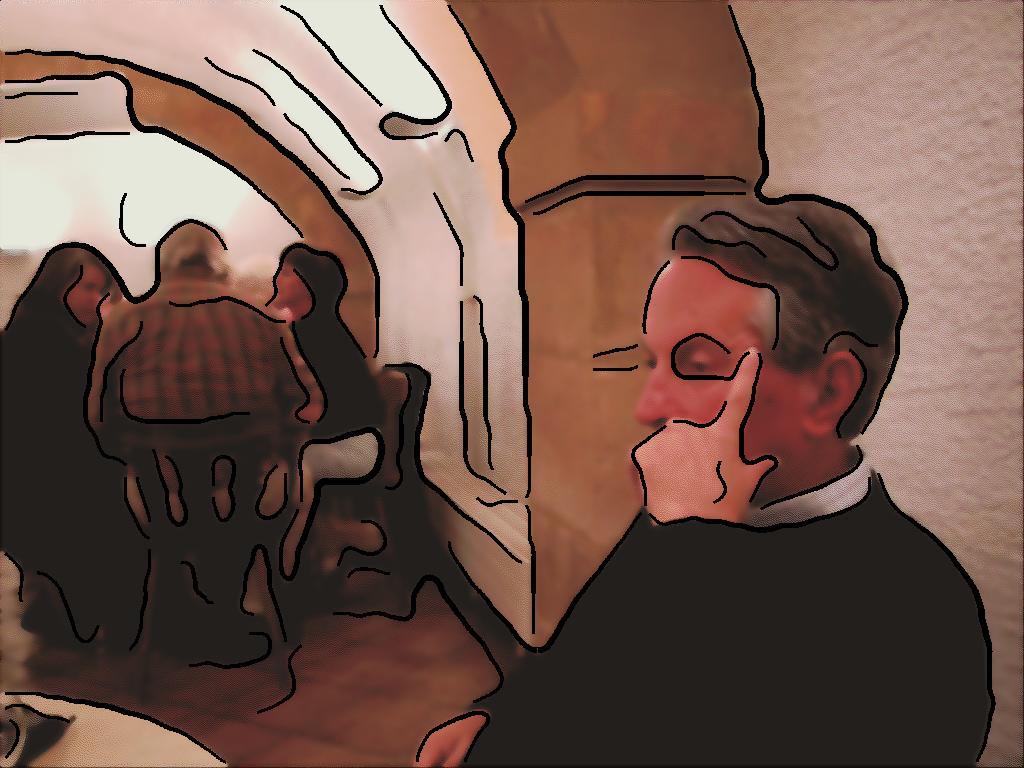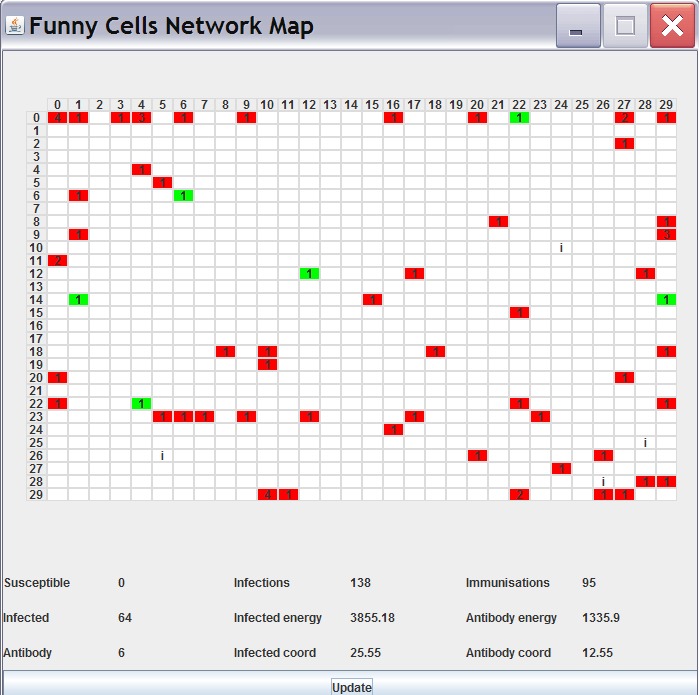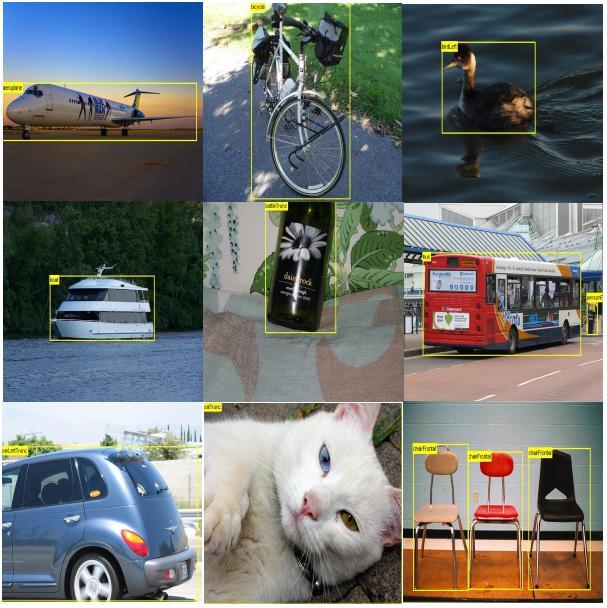|
The following is a list of the projects that I am doing/have done.
Research ProjetsOther ProjectsPresentations
Research ProjetsMultiple Kernel Learning with Support Vector Machines
| | | I am currently trying to improve SVM classification accuracy by learning the right non linear kernel combinations. This is a project with Manik Varma and Prateek Jain at Microsoft Research India, Bangalore.
|
Unsupervised Detection of Unusual Activities in Videos
| | | This project had two broad parts. The first one was to develop a robust system for supervised activity analysis using Finite State Machines. The second part involved development of a technique for unsupervised detection of unusual actvities using PLSA (Probabilistis Latent Semantic Analysis).
I was more involved with the second part. We used pLSA with an appropriate choice for features (space time patches) on video clips to obtain clustering of similar videos. Any new activity different from the ones learnt (that is, which did not belong to any cluster of videos already learnt) was flagged as unusual. We also extended the idea to multi person unusual activity detection.
This project was awarded with the Student Undergraduate Research Award (SURA) - 2009. The project report for the second part can be found here. |
Object Recognition Survey
| | | As part of my computer vision course, I looked at various techniques being used for Object Recognition. I looked at the various feature vectors being used for such tasks. I looked at various bag of word models being used for this purpose (the pLSA based object recognition by Sivic). I also looked at approaches which also try to leverage structural information to enhance performance.
I have continued to keep track of this area, and am closely following recent work being done on this problem by groups around the world, Poselet based people detection at UC Berkeley, Discriminatively Trained Deformable Part Models by Pedro F. Felzenszwalb, Beyond Categories: The Visual Memex Model for Reasoning About Object Relationships at CMU. |
Other ProjectsCaptcha Reading
| | | This project involved designing an algorithm for cracking the Captcha being used at the IITD Webmail. We were able to successfully decipher about half the captchas. Here is a report describing our approach and results.
|
Non Photorealistic Rendering of Images
| | | This project aimed at giving non photorealistic look to real images. We basically combined 2 approachs, one of color quantization and the other as described in Stylization and Abstraction of Photographs. Here is a report describing our approach and results.
|
Funnycell - Robust communication among cells using molecules in a lossy medium
| | | This project was based on a molecule based inter-cell communication simulator designed by our professor for the Computer Networks course (now available here). There were different type of cells (antibody, infection, susceptible) which could communicate by dropping different type of molecules (with variable lifetime), and convert other cells by infecting them.
The goal was to convert all the opponent's cells, under constraints of energy, time and quorum size to cause successful infection. We designed and analyzed robust communication protocols for inter cell molecular communication among antibody cells in the loss full unreliable medium. We also designed strategies for initial quorum formation, synchronized infection, heart beat meassages to check quorum status, and generic combat strategies against infection cells. Reports for this project are available on request. We were adjudged 3rd in the contest that was held at the end, successfully beating lots of teams using a deterministic strategy by a completely randomized strategy. |
Fast Fourier Transforms on FPGA
This involved design of a circuit which computes a n-point Fast Fourier Transform of a n-point input set. This circuit was integrated with a proper input output interface which used buffers. The circuit was then implemented and tested on an FPGA board. An ADC and DAC were also configured with the system to test the system on input analog signals. The IO Specifications, Design Specifications and the Final Report can be found at the respective links.
Online Tourism Service
As a part of the Design Practices in Computer Science courses, this project required us to develop a web service for touring Incredible India. This involved using Google Maps and Flickr utilities to generate a virtual tour for the user and also to generate detailed travel plans for the same. The service was dynamic in the sense that with a database of relevant information, the service would automatically generate web pages with relevant details using server side scripting in php. The report can be found here.
Gaming Service
As a part of the Design Practices in Computer Science course, this project involved generation of a framework for seamless integration of web 2.0 services like VoIP, TWiki, etc with an existing open source network game. We did this on a java based game and were succesfully able to develop a protype for supporting text and voice chat in a game, with minimal changes to the game code. The project report can be found here.
Mini Prolog Interpreter
This involved design and development of a Mini Prolog interpreter in SML. It also involved designing a suitable input format using ML based tools ml-lex and ml-yacc for lexing and parsing of the input. The prolog execution model of backtracking, resolution and standardisation were implemented in SML.
MIPS-16 Processor Simulation
This involved designing and implementation of a MIPS 16 instruction subset on a simulator. We did this using a multi cycle design and implemented the control path using microprogramming.
Implementation of fast power algorithm on FPGA
This project was undertaken in the Digital Electronics course and involved design of the fast powering algorithm on the FPGA board. The report for this project can be found here.
PresentationsObject Category Detection
| | | As part of the Colloquim course, I presented the problem and various existing solution approaches to the Object Recognition problem. I essentially presented one bag of word model approach and one more recent approach which leverages structural information as well. The following presentation and reports are available on request.
Introduction and bag of word approach, Poselet based people detection, Combined Report |
|
|
